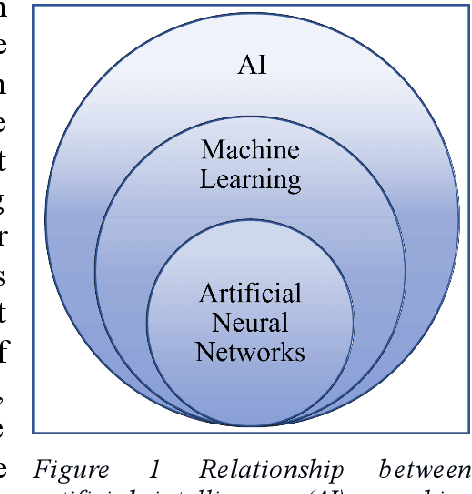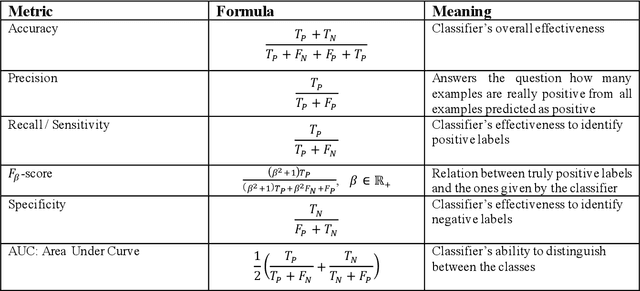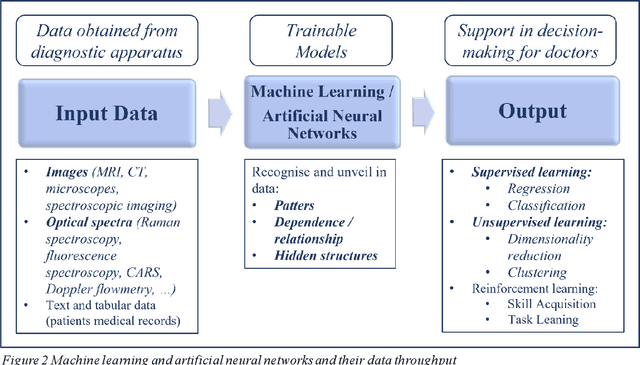Advances of Artificial Intelligence in Classical and Novel Spectroscopy-Based Approaches for Cancer Diagnostics. A Review
Paper and Code
Aug 08, 2022


Cancer is one of the leading causes of death worldwide. Fast and safe early-stage, pre- and intra-operative diagnostics can significantly contribute to successful cancer identification and treatment. Artificial intelligence has played an increasing role in the enhancement of cancer diagnostics techniques in the last 15 years. This review covers the advances of artificial intelligence applications in well-established techniques such as MRI and CT. Also, it shows its high potential in combination with optical spectroscopy-based approaches that are under development for mobile, ultra-fast, and low-invasive diagnostics. I will show how spectroscopy-based approaches can reduce the time of tissue preparation for pathological analysis by making thin-slicing or haematoxylin-and-eosin staining obsolete. I will present examples of spectroscopic tools for fast and low-invasive ex- and in-vivo tissue classification for the determination of a tumour and its boundaries. Also, I will discuss that, contrary to MRI and CT, spectroscopic measurements do not require the administration of chemical agents to enhance the quality of cancer imaging which contributes to the development of more secure diagnostic methods. Overall, we will see that the combination of spectroscopy and artificial intelligence constitutes a highly promising and fast-developing field of medical technology that will soon augment available cancer diagnostic methods.
 Add to Chrome
Add to Chrome Add to Firefox
Add to Firefox Add to Edge
Add to Edge